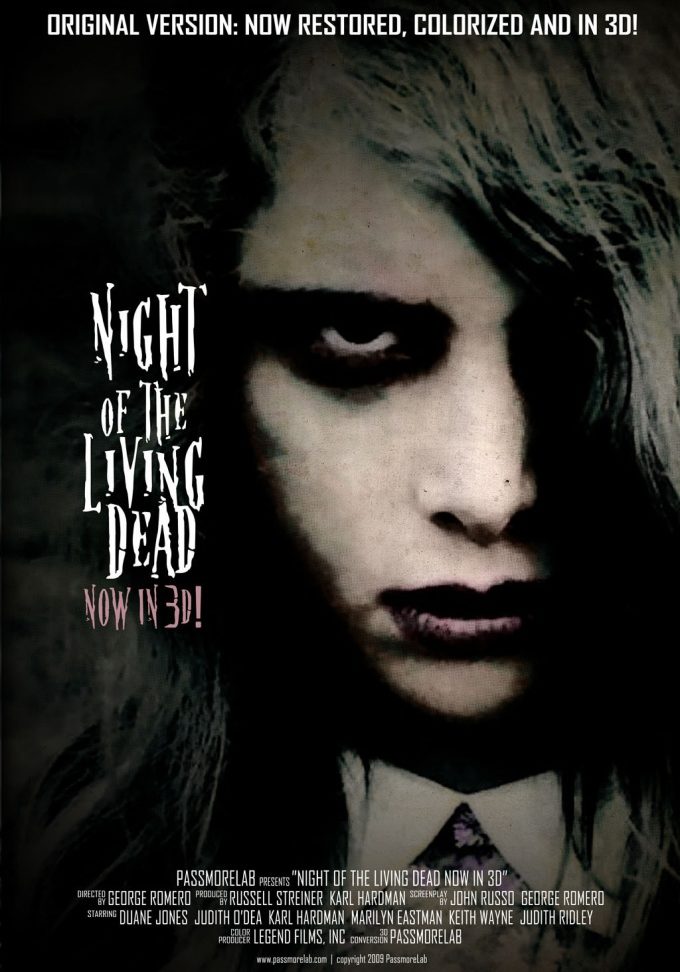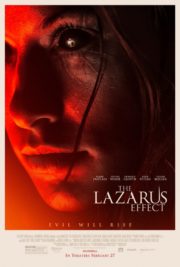Resurrecting the Undead: An Ode to Timeless Terror
“They’re coming to get you, Barbara!” With this chilling line, George A. Romero’s seminal horror film “Night of the Living Dead” (1968) plunges its audience into a nightmare that has since become a cornerstone of the zombie genre. The simple story of strangers fighting for survival in a farmhouse as the dead rise around them, the movie blurs the lines between the living and the undead while serving as a stark black-and-white canvas for human fear and desperation.
The Chilling Charade of the Living Dead
The atmosphere of “Night of the Living Dead” is a carefully constructed web of dread and claustrophobia. Romero cleverly employs suspense over shocking visuals; the terror largely springs from what we do not see or understand rather than from gore. The building tension is palpable, as each scene ratchets up the fear with a masterful sense of foreboding that permeates the movie. It’s a story where the horror comes less from the creatures outside and more from the dynamics within the microcosm of survivors.
Cinematic Shades of Gore
The film’s black-and-white cinematography does much more than simply delineate the era it was made in; it becomes a character of its own. Shadows and light play a vital role in creating suspense, with the stark contrast adding a layer of the surreal to the already terrifying events unfolding. The camera angles and minimalistic approach to special effects—a necessity due to the film’s modest budget—turn limitations into strengths, allowing the viewer’s imagination to fill in the blanks and escalate the fear factor.
Sounds of Silence and Screams
Equally important to the film’s terror are the soundtrack and the meticulous use of sound effects. The eerie score haunts the background, while the moans of the undead and the silence in between attacks create a soundscape that can churn stomachs with anticipation. Moments of silence are punctuated by startling noises, a technique that keeps the audience on the edge of their seat, waiting for the next heart-pumping beat.
Humanity’s Portrait in the Mirror of Horror
At its core, “Night of the Living Dead” thrives on its human performances. The characters offer a spectrum of fear responses, from catatonia to hysteria, all believable and all servicing the narrative’s development. The cast, led by Duane Jones and Judith O’Dea, convey genuine emotion, their reactions amplifying the horror of their situation. The character dynamics explore themes of leadership, trust, and human instinct when cornered by the unknown.
A Parable of Paranoia
The horror of the film is rooted in its blend of psychological and supernatural themes; it offers a reflection of societal anxieties of the time—from the threat of nuclear annihilation to the breakdown of the social order. “Night of the Living Dead” doesn’t just present monsters; it challenges viewers to examine the monsters within humanity—and the ease with which society can crumble.
Frightening Techniques: Subtle to Shocks
Romero’s approach to scaring the audience is a masterclass in restraint paired with well-timed shocks. Despite the visceral nature of flesh-eating zombies, the film doesn’t rely on explicit gore. It achieves much of its horror through psychological means, tapping into primal fears and leaving much to the power of suggestion. The real horror often lies in what the characters—and by extension, the audience—don’t understand or cannot see.
In the Shadow of the Living Dead
“Night of the Living Dead” is a comprehensive blueprint for the horror genre, effectively sucking the viewer into its world of disbelief and terror. Its innovation lies not only in the creation of a whole new monster mythology but also in its commentary on the human condition. As a critique, it is thought-provoking and frighteningly apt, even to modern eyes.
Demographic of Dread
This film is a must-watch for anyone with a penchant for horror. Its legacy appeals to both connoisseurs of the genre and newcomers alike. While its dated effects may not terrify younger audiences accustomed to high-definition gore, the sense of unease it creates is timeless. Its impact on the genre can be seen in countless contemporary works, making it essential viewing for understanding the evolution of horror.
Concluding the Nightmare
In closing, despite its age, “Night of the Living Dead” remains an extremely effective horror movie. While it may lack in the flashiness of modern special effects, its strength lies in its ability to tap into something deeply unsettling within the psyche. With its compelling performances, innovative use of audio-visual techniques, and its nuanced thematic undercurrents, the film solidifies its position as a pioneering work in the horror genre. Viewer discretion is advised due to its intense scenes and thematic material, but for those ready to face the living dead, it’s a journey worth taking.




